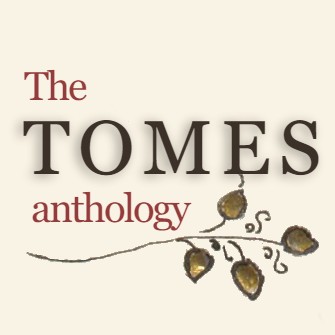Theme: Middle English Lyrics
Texts
Introduction
In general, lyrics in Middle English have much in common with lyrics today. Both are often structured around rhyme, rhythm and other poetic devices. And much like lyrics today, there is evidence to suggest that many Middle English lyrics were sung alongside musical accompaniment. There is also overlap in terms of contents. Today, one of the most common themes of musical lyrics is love and this theme features prominently in Middle English lyrics as well—although many Middle English lyrics are focused on the love of God or the Virgin Mary rather than that of a sweetheart.
Many of the lyrics included in this anthology are from a multilingual collection of lyrics known as Trinity College Cambridge manuscript B. 14. 39. This manuscript stands out for the rich and imaginative ways in which the different languages from medieval England are interwoven. A single folio will include English, French and Latin. Passages in different languages will sometimes echo each other, sometimes embellish each other, and sometimes build on each other. An example of this multilingualism is the lyric known as “Le fiz marie cil ke tut le munde fist.” The poem alternates between groups of rhyming lines in French and in English—a structure that suggests competence in both languages.
Multilingualism of this nature fascinates. It calls on us to rethink and reimagine the diverse ways in which language communities interact to produce new meanings, productive cross-cultural exchanges, and exquisite, tantalizing beauty—not only in medieval England but also in our own multilingual environments.
In choosing lyrics for this anthology, I tried to offer our editors a range of possibilities in order to reflect the wide range of lyrics composed in medieval England. I sought out ones that had been relatively overlooked by previous editors in the hopes of drawing attention to some lyrics that, despite having much to offer for the study of medieval Britain’s literature, are not commonly anthologized.
These include the political lyric known as “On the Times” (and edited here under the title “Syng I wold”). As the editors of this lyric tell us, the poem offers scathing commentary on some of the structural and political abuses of its day. In this respect, the poem stands as a powerful counterpoint to the work of someone like Geoffrey Chaucer who, as scholars such as David Carlson (2004) have argued, was deeply enmeshed in the dominant political and ideological structures of the time. Lyrics such as “Syng I wold” speak to the ways in which poetry can be used to question and challenge dominant ideologies and, in this way, find parallels in modern punk songs and protest lyrics.
Many of the other lyrics are religious in nature; this should come as no surprise, since Alasdair A. MacDonald writes that “The Middle English religious lyrics outnumber their secular counterparts by a ratio of about five to one” (“The Middle English Lyrics: An Introduction” in A Companion to Early Middle English Literature, ed. N. H. G. E. Veldhoen, Henk Aertsen [VU UP:1995]; p. 9). These religious lyrics offer fascinating insight into the changing nature of religious devotion in the thirteenth and fourteenth centuries and the ways in which poets blended secular and religious elements to promote their didactic aims.
Middle English lyrics, then, have much to offer for the study of medieval England’s literature. Since some of them were written further from the centers of power than more canonical texts, they can help shed light on some of the political struggles of late medieval England and how these struggles were recounted in poetic form. And lyrics such as those in the Trinity collection stand as valuable witnesses to a rich and fascinating form of multilingualism. In this sense, they help shed light on aspects of medieval England’s literary culture that are not always represented in some of the more commonly anthologized works.
Krista A. Murchison, General Editor
